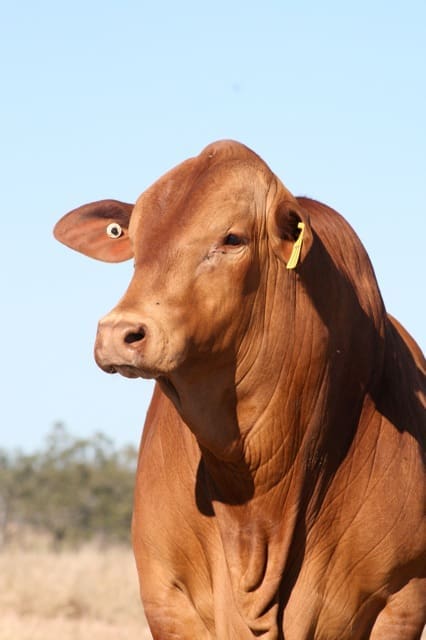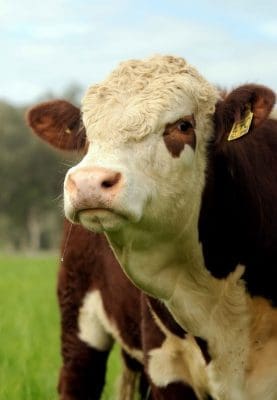DESPITE the availability of a commercial DNA test to the Australian beef industry, testing for poll genes in beef cattle is currently not widely adopted.
In some cases there is uncertainty about the effect of the scur gene and the assumption that polledness is associated with inferior genetics for reproductive traits.
 A recent research project investigated the tests available for analysing the poll gene across common beef breeds in Australia to develop an Optimised Poll Test (OPT). Research also analysed genetic markers associated with scurs and determined whether there are negative effects of the poll gene on reproductive performance.
A recent research project investigated the tests available for analysing the poll gene across common beef breeds in Australia to develop an Optimised Poll Test (OPT). Research also analysed genetic markers associated with scurs and determined whether there are negative effects of the poll gene on reproductive performance.
The Optimised Poll Test developed in the project has increased the efficiency of poll prediction by 9pc.
Results also confirmed that polledness will have no detrimental effects on herd productivity or reproductive performance.
The primary objective of the project was to develop an improved poll test suitable for future large-scale herd analysis. This would provide a cost-effective and reliable method to accurately assess the poll status and its impact on major cattle breeds in Australia.
The new OPT increased the poll prediction efficiencies from the current level of 90.31pc to 99.6pc and has a commercial poll testing success rate of 99.42pc.
The study confirmed that there is no significant difference in fertility or other traits in polled versus horned animals, therefore, polledness should not be considered detrimental to breeding objectives.
Although scurs remain poorly understood, data shows the trait is predominantly observed in animals with higher genetic variation, and is more likely to occur in males than females. Results indicated that if polled animals are selected over a few generations, scurs and horns will decline in the herd.
Benefits to industry
Outcomes from the project could significantly reduce costs of production associated with horned herds, including:
- minimising production costs from dehorning and disbudding (around $10/head)
- eliminating post-treatment calf losses
- reducing animal and handler welfare risk
- improving hide and meat quality.
 There are clear social benefits in terms of both animal welfare and workplace safety for personnel, together with economic benefits (reduced calf mortality and reduced labour costs) from breeding naturally polled herds.
There are clear social benefits in terms of both animal welfare and workplace safety for personnel, together with economic benefits (reduced calf mortality and reduced labour costs) from breeding naturally polled herds.
The outcomes of the project have also been contributed to the assessment and setting of key performance indicators on polled status in the Beef Sustainability Framework.
Future research and recommendations
The industry’s understanding of genetics influencing scurs remains limited, the research found. While the project was unable to identify markers that can predict scurs, new insights from the project suggest that scurs development is influenced by a complex pathway involving non-genetic factors (sex and age of the animal) and genetic factors (poll alleles, polygenic and epistatic interactions).
This area requires significant more research to improve the genetic performance of cattle in Australia, the project’s final report said.
Click here to access the full report
